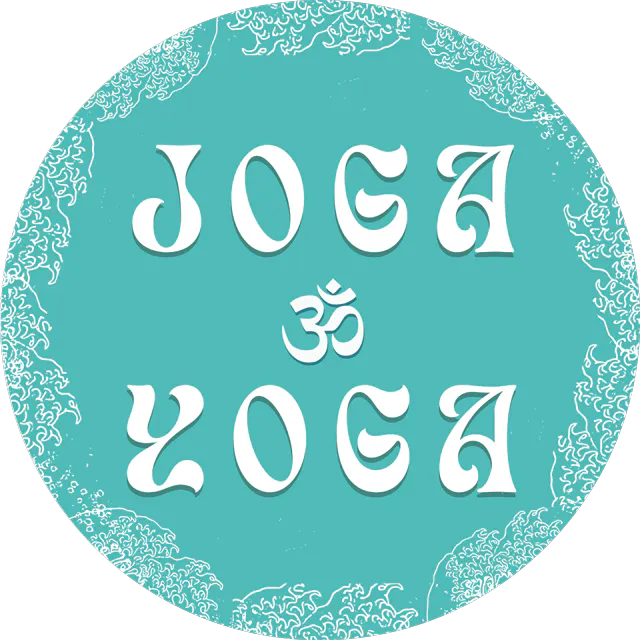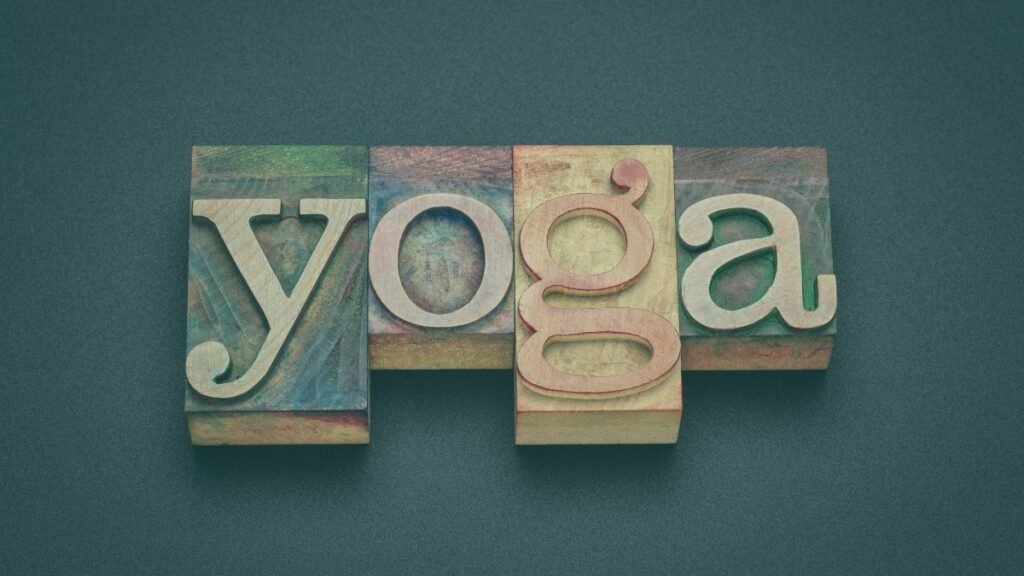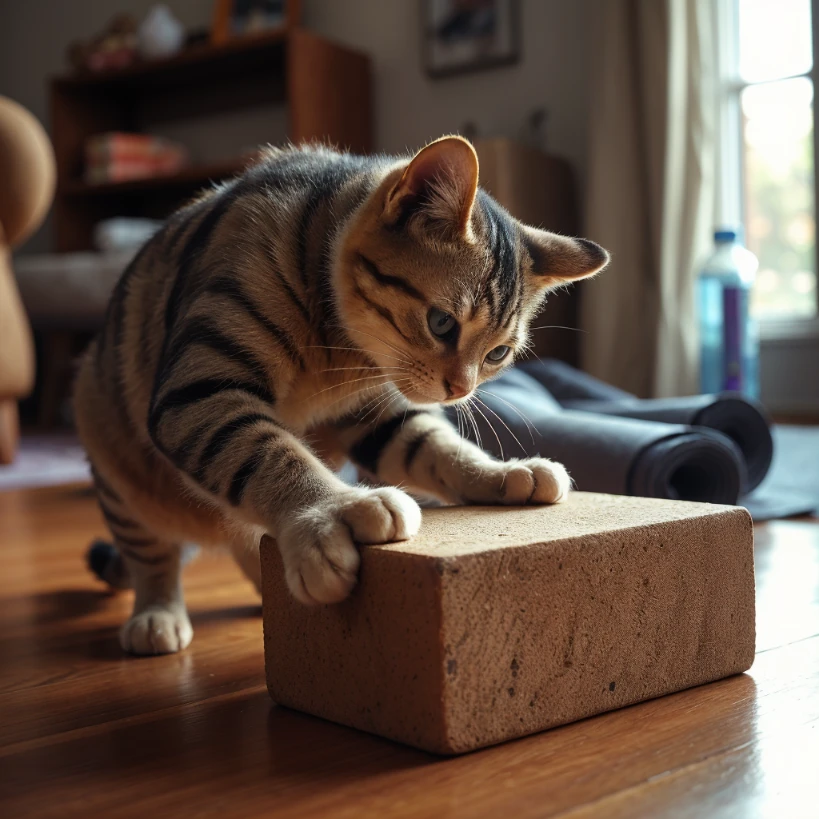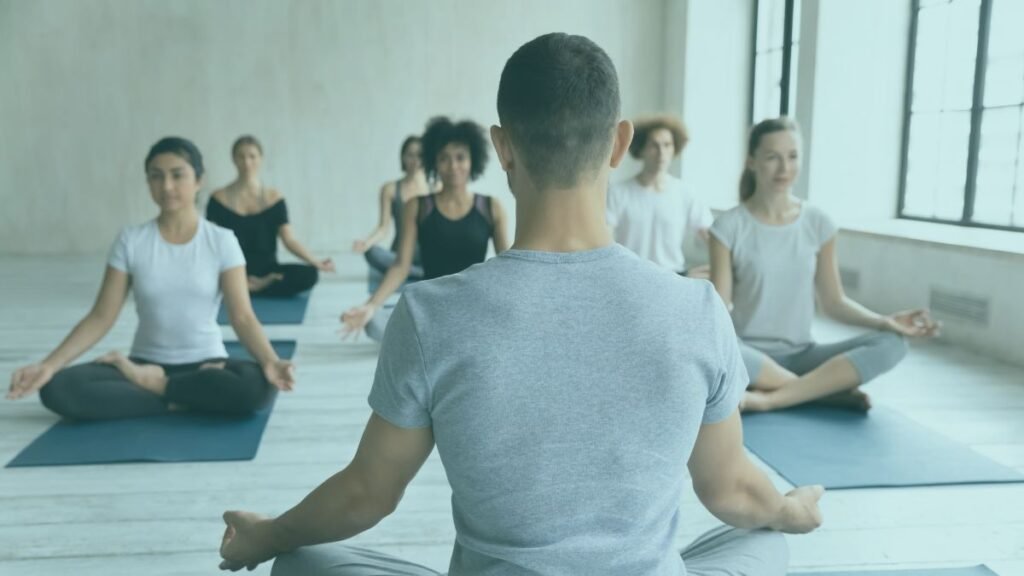Yoga Teacher Training, or YTT, is one of the most rewarding paths for anyone who wants to grow in body, mind, and purpose. Whether you want to teach yoga or deepen your personal practice, this 2026 guide explains what YTT really means and how it works.
What Is YTT?
YTT, or Yoga Teacher Training, is a structured course that teaches yoga postures, anatomy, philosophy, and teaching methods. Graduates earn certification that allows them to teach yoga anywhere in the world.
Here is what YTT covers:
- It teaches posture alignment, breathwork, and mindful movement.
- It includes yoga philosophy, anatomy, and teaching methods.
- It is for anyone who wants to deepen their yoga journey or start teaching.
- It leads to international certification such as Yoga Alliance RYT200.
YTT is not only about learning poses. It is a full education in how yoga connects body, breath, and purpose.
Why People Do YTT (More Than Just Certification)
Most students join YTT for one of three reasons:
- Career: To teach professionally in studios, gyms, or retreats.
- Self-Growth: To understand yoga beyond the physical postures.
- Transformation: To rebuild routines and find balance in life.
The global yoga industry reached over $130 billion in 2024, and more than half of all participants join YTT for personal development, not only to teach. YTT has become a tool for wellness, confidence, and community across the world.
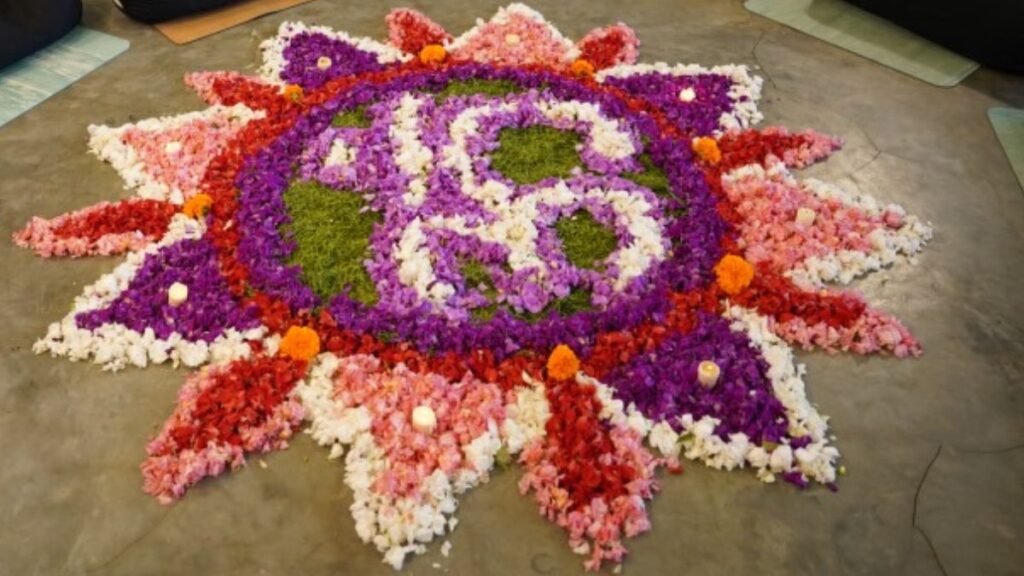
YTT vs. Yoga Retreats vs. Regular Classes (2026)
If you are unsure whether you need a yoga retreat or a teacher training, this quick comparison can help.
| Feature | YTT (Yoga Teacher Training) | Yoga Retreat | Regular Class |
| Purpose | Certification and skill development | Relaxation and personal reflection | Weekly practice and fitness |
| Duration | 10–30 days intensive | 3–7 days | 1–2 hours |
| Curriculum | Asana, anatomy, teaching, philosophy | Yoga + leisure activities | Focused on poses only |
| Certification | Yes, Yoga Alliance or similar | No | No |
| Outcome | Become a qualified teacher | Feel refreshed and inspired | Maintain physical fitness |
How YTT Goes Beyond a Retreat
A yoga retreat offers rest and reflection, but YTT gives you transformation and mastery. Teacher training builds teaching skills, body awareness, and confidence through structured study. It pushes you to practice, question, and grow every day.
Retreats are short breaks, while YTT is a foundation for lifelong growth. If you want a deep change, not just a vacation, teacher training is the way to go.
Learn more about the difference here: Yoga Retreat vs Yoga Teacher Training.
How Yoga Teacher Training Works in 2026
Yoga Teacher Training in 2026 blends ancient wisdom with modern learning. Courses are now available in-person, online, or hybrid, making it easier to train no matter where you are.
The Global YTT Structure
Every certified YTT program follows a standard structure that covers both theory and practice.
Core Modules:
- Techniques, Training, and Practice: Learn postures, sequencing, and breath control.
- Teaching Methodology: Build communication, class structure, and confidence.
- Anatomy and Physiology: Study the body’s muscles, joints, and energy systems.
- Yoga Philosophy and Lifestyle: Understand yoga’s roots through the Yoga Sutras and Bhagavad Gita.
- Practicum: Practice teaching with real students and receive feedback.
Most schools, including Joga Yoga in Bali, follow the Yoga Alliance RYT200 standard. This means your certificate is recognized globally, allowing you to teach anywhere after graduation.
Online, In-Person, and Hybrid YTT Options
Here is how the main YTT formats compare:
| Format | Pros | Cons | Ideal For |
| In-Person | Full immersion, live feedback, community experience | Requires travel and higher cost | Students who want deep transformation |
| Online | Flexible schedule, lower cost, self-paced learning | Less personal feedback | Busy learners or those with travel limits |
| Hybrid | Combines online theory with in-person practice | Requires some travel | Students wanting both structure and flexibility |
You can explore in-person courses at In-Person Yoga Teacher Training Bali.
Duration and Certification Requirements
YTT programs vary in length depending on the depth of training:
| Program | Duration | Focus | Certification |
| 100-Hour YTT | 10–12 days | Foundation and personal growth | Optional |
| 200-Hour YTT | 21–24 days | Full teacher qualification | RYT200 |
| 300-Hour YTT | 28–30 days | Advanced techniques and anatomy | RYT300 |
| 500-Hour YTT | 1–2 months | Complete mastery | RYT500 |
Completing a Yoga Alliance-certified program allows you to register as an RYT (Registered Yoga Teacher). This credential proves your training quality and gives you eligibility to teach in studios, wellness centers, and online platforms worldwide.
Most Popular YTT Programs Around the World (2026)
Here are five standout teacher-training destinations for 2026.
| School & Location | Country | Why It Stands Out |
| Joga Yoga – Bali, Indonesia | Indonesia | Immersive tropical setting, Yoga Alliance-certified, strong graduate community |
| Rishikesh School of Yoga – Rishikesh, India | India | Traditional ashram roots, deep spiritual immersion, high historic reputation |
| Byron Bay Yoga Centre – Byron Bay, Australia | Australia | Beachside location, modern training formats, high global appeal |
| YogaWorks – USA | United States | Major international brand, well-recognised certification options, hybrid formats |
| Himalayan Institute – Nepal | Nepal | Mountain setting, niche advanced training, growing global recognition |
Why Bali Remains the Global YTT Capital
Bali continues to dominate as the go-to destination for yoga teacher training for several strong reasons:
- Climate & Nature: Warm, consistent weather helps the body recover, practise and adapt more easily.
- Spiritual & Cultural Energy: The island has a rich yoga-friendly environment, temples, rituals and a community of seekers.
- Accessibility + Community: Good travel infrastructure, hospitable locals, thousands of YTT alumni.
- Blend of Tradition + Innovation: You get real yoga lineages alongside modern training methods, which appeals globally.
Choosing the Right YTT for You
With so many Yoga Teacher Training programs worldwide, choosing the right one takes clarity. The best YTT fits your goals, schedule, and learning style. Use this guide to make a smart decision before enrolling.
Key Factors to Compare
Here’s a simple checklist to help you choose wisely:
- Accreditation – Make sure the school is registered with a recognized body like Yoga Alliance or International Yoga Federation (IYF). This ensures your certificate is valid worldwide.
- Training Hours –
- 100-hour: great for personal growth
- 200-hour: ideal for first-time teachers
- 300-hour or 500-hour: advanced professional paths
- Teacher Credentials – Look for experienced trainers with E-RYT200 or E-RYT500 Yoga Alliance status.
- Group Size – Smaller groups (under 20 students) offer better personal attention and feedback.
- Location – Choose a peaceful and inspiring setting that allows focus, such as Bali, Rishikesh, or Byron Bay.
- Cost & Value – Compare what’s included: meals, materials, certification, and accommodation.
A great YTT feels structured, honest, and community-driven. The right course challenges you but also supports you every step of the way.
What Makes a Quality YTT (2026 Standards)
A quality Yoga Teacher Training goes beyond fancy venues and Instagram posts. It’s about mentorship, lineage, and integrity.
- Small Class Size: You should receive feedback directly from your instructors, not just follow from a screen.
- Lineage-Based Teaching: Authentic schools pass down traditional knowledge from certified teachers with years of experience.
- Mentorship and Community: Great programs provide personal guidance during and after graduation, helping you grow as a teacher and person.
If you want a course that blends mentorship, tradition, and modern clarity, explore Mastering Yoga Teaching with Joga Yoga Teacher Training in Bali.
YTT Certification and Accreditation Explained
Once you finish your Yoga Teacher Training, your certificate determines where and how you can teach. Understanding accreditation helps you choose a trustworthy program.
What Is Yoga Alliance?
Yoga Alliance is the world’s largest and most recognized yoga teacher registry. Schools registered under Yoga Alliance must follow global education standards, including specific hours for practice, anatomy, and teaching methodology.
After completing a Yoga Alliance-certified program, you can register as an RYT (Registered Yoga Teacher) and teach in studios, gyms, and online worldwide.
Learn more about official registration on Yoga Alliance Certification Guide.
Other Accreditation Bodies (IYF, National Boards)
Besides Yoga Alliance, several other respected organizations certify yoga teachers:
- International Yoga Federation (IYF): A global non-profit that supports authentic yoga traditions and schools.
- British Wheel of Yoga (UK): Recognized by Sport England, focusing on safety and alignment.
- National Yoga Boards: Some countries, like India and Australia, have their own yoga boards that manage teaching licenses locally.
Choosing an accredited school ensures your qualification is respected, whether you teach in person or online.
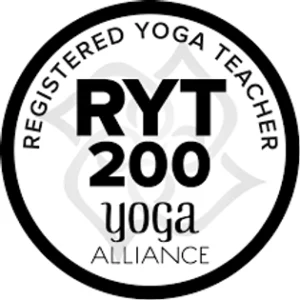
Life After YTT – What You Can Do Next
Completing your YTT is just the beginning. Once certified, you can turn your new skills into a career, a personal passion, or both.
Career Paths for Certified Teachers
Your YTT opens several doors for professional growth:
- Studio Teaching: Work in yoga studios or wellness centers around the world.
- Retreats and Workshops: Lead group experiences in destinations like Bali or India.
- Online Classes: Build a digital yoga brand using platforms like Zoom or YouTube.
- Personal Brand: Create your own retreats, courses, or private client programs.
You can even continue studying advanced training modules such as 300-hour or specialized YTTs like Yin or Prenatal Yoga.
Personal Growth Beyond the Certificate
Even if you never plan to teach, YTT transforms your mindset, habits, and confidence. Students often describe it as a life reset.
It helps you:
- Build self-discipline and mindfulness.
- Connect deeply with your breath, emotions, and purpose.
- Carry the philosophy of yoga into everyday decisions and relationships.
For more insight into how YTT shapes both teachers and practitioners, visit Benefits of Yoga Teacher Training.
Start Your YTT Journey with Joga Yoga in Bali
If you are ready to take the next step, Joga Yoga in Bali offers one of the most immersive and respected YTT experiences in the world.
You’ll train in small groups of no more than 20 students, ensuring personal guidance and meaningful feedback. Each session blends traditional yoga philosophy, anatomy, and modern teaching methods.
You’ll live and learn within a real community, surrounded by tropical nature, local culture, and ancient Balinese ceremonies.
For a full breakdown of the program, visit 200 Hours Yoga Teacher Training.
Apply Now for 2026 Yoga Teacher Training in Bali.
Final Thoughts – Your 2026 YTT Awaits
Your journey to becoming a yoga teacher starts with one decision — the choice to grow.
YTT is more than a course. It is a path toward clarity, confidence, and purpose.
If you have been waiting for the right time, this is it.
Start planning your training now and make 2026 the year your yoga journey becomes your life’s calling.
Plan Your 2026 YTT with Joga Yoga →
FAQ – YTT (Yoga Teacher Training 2026)
Here are answers to some of the most common questions about Yoga Teacher Training in 2026. These are also included in structured FAQ format for better Google visibility.
What does YTT mean?
YTT stands for Yoga Teacher Training. It is a structured course that teaches yoga postures, anatomy, philosophy, and teaching skills. After completion, students receive an international certification such as Yoga Alliance RYT200, allowing them to teach anywhere in the world.
How long is YTT?
Most standard YTT courses last 21 to 30 days for a 200-hour program. Shorter 100-hour programs focus on personal growth, while advanced 300- or 500-hour certifications can take up to two months.
Is online YTT recognized?
Yes, as long as it is accredited by Yoga Alliance or another recognized board. Online and hybrid YTTs became globally accepted after 2020, combining virtual theory lessons with optional in-person practice sessions for full certification.
What is the difference between 200h and 300h YTT?
- 200-Hour YTT: Foundation course for new teachers. Covers basic poses, philosophy, and class management.
- 300-Hour YTT: Advanced training for RYT200 graduates. Focuses on sequencing, alignment, anatomy, and teaching experience.
Together, they form the 500-hour track, which represents complete mastery in yoga teaching.
How do I choose the right YTT?
Choose a YTT that matches your goals, learning style, and schedule.
Look for:
- Yoga Alliance accreditation
- Small class sizes (under 20 students)
- Qualified and experienced teachers
- A supportive community and post-graduation mentoring
If you value authenticity and connection, a school like Joga Yoga in Bali provides hands-on training in a peaceful environment rooted in tradition.
